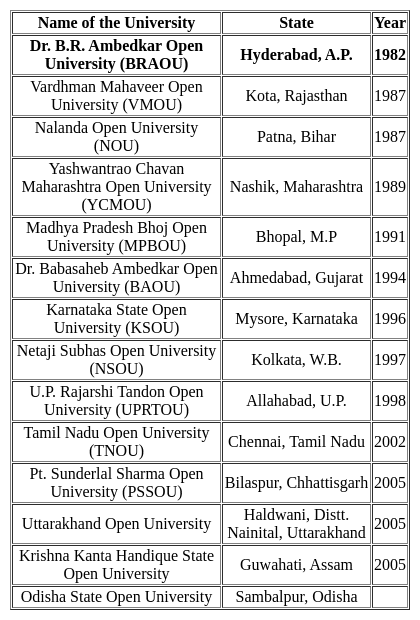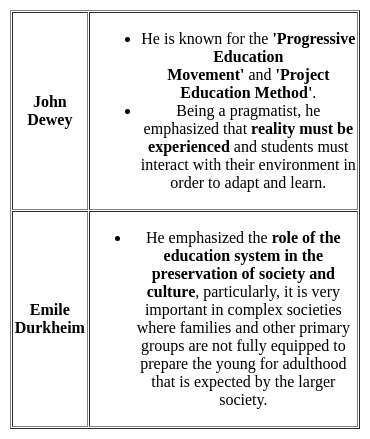UGC NET Paper 2 Education Mock Test - 5 - UGC NET MCQ
30 Questions MCQ Test UGC NET Mock Test Series 2025 - UGC NET Paper 2 Education Mock Test - 5
The first open university in India was established in the year
Robert Stake's model regarding curriculum evaluation is called _______
Which of the following is/are not included in the principle of andragogy?
In behaviouristic model of teacher education more stress is given on _______
Given below are two statements, one is labelled as Assertion A and the other is labelled as Reason R
Assertion A: A researcher has to observe codal formalities at all stages without scope and leeway for offending moral and ethical norms
Reason R: In respect of data collection, data analysis and interpretation there is, however, a considerable scope of being ethically vulnerable
In light of the above statements, choose the correct answer from the options given below
Which level of teaching involves the development of problem-solving abilities, constructive and critical thinking skills, and original and innovative thinking power of the learners?
Which of the following documents drew inspiration from Tagore's educational philosophy and emphasized experiential learning, creativity, and holistic education?
The last type of questions which are asked in Socratic method at the end of teaching are?
Which are the main types of questions in Socratic strategy?
“I believed it is the course the individual goes through in order to catch up with himself, and the person who will not go through this course is not much helped by being born in the most enlightened age”, advocated by
The idea of teaching the whole child in the ''philosophy of pragmatism in education'' means teaching students to be good
The liberation in Advaita Vedanta is known as:
“By education I mean an all round drawing out of the best in child and man-body, mind and spirit”. Who has given this definition of education?
What is/are the role of community participation in education?
I. To increase funding for schools.
II. To provide volunteers to support school programs.
III. To provide students with access to technology and other resources.
IV. To engage parents and community members in decision-making and planning.
For promoting effective classroom participation which of the following strategies should be adopted?
a) Introducing discussion-based activities such as case-study analyses, role playing, and jigsaws.
b) Asking students to assess themselves.
c) Diversifying teaching methods to meet the curriculum demands.
d) Asking students to respond to a peer’s response and reinforcing such contributions.
Choose the correct answer from the options given below:
Which is the place where the child's cognitive development is defined in the best way?
Dipboye (1977) distinguished between the strong and weak versions of.
For fostering creativity among children which of the following methods have been given a trial?
The alternative name of the ''table of specification'' is?
Who is the proponent of the Theory of Multiple Intelligence?
Majority of the students in a class misbehave what does it tell you?
|
92 docs|125 tests
|
















